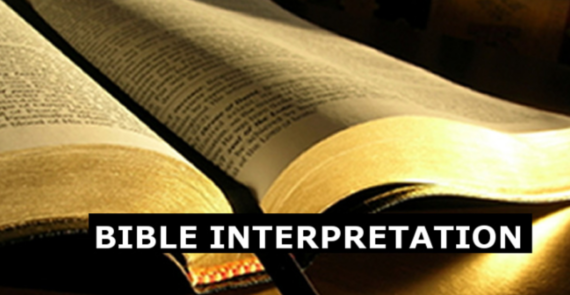A look at Hebrews’ Use of the Old Testament Part 2
In our first article, we discussed various ways that New Testament Authors quoted or cite passages in the Old Testament. This established some principles for considering specific examples of the connection between New Testament teachings and Old Testament source materials. In the general sense, the question is: “what do we do when a New Testament author uses the Old Testament to support a point, but when we look up the Old Testament reference, the connection is not obvious? And then more particularly, what about the quotations and citations that we find in the book of Hebrews?
Michael Heiser somewhat humorously described this situation by saying, “John did not have your hermeneutics class.” (Heiser, 2021). Others have been more forthcoming, admitting that they have no idea what is going on.
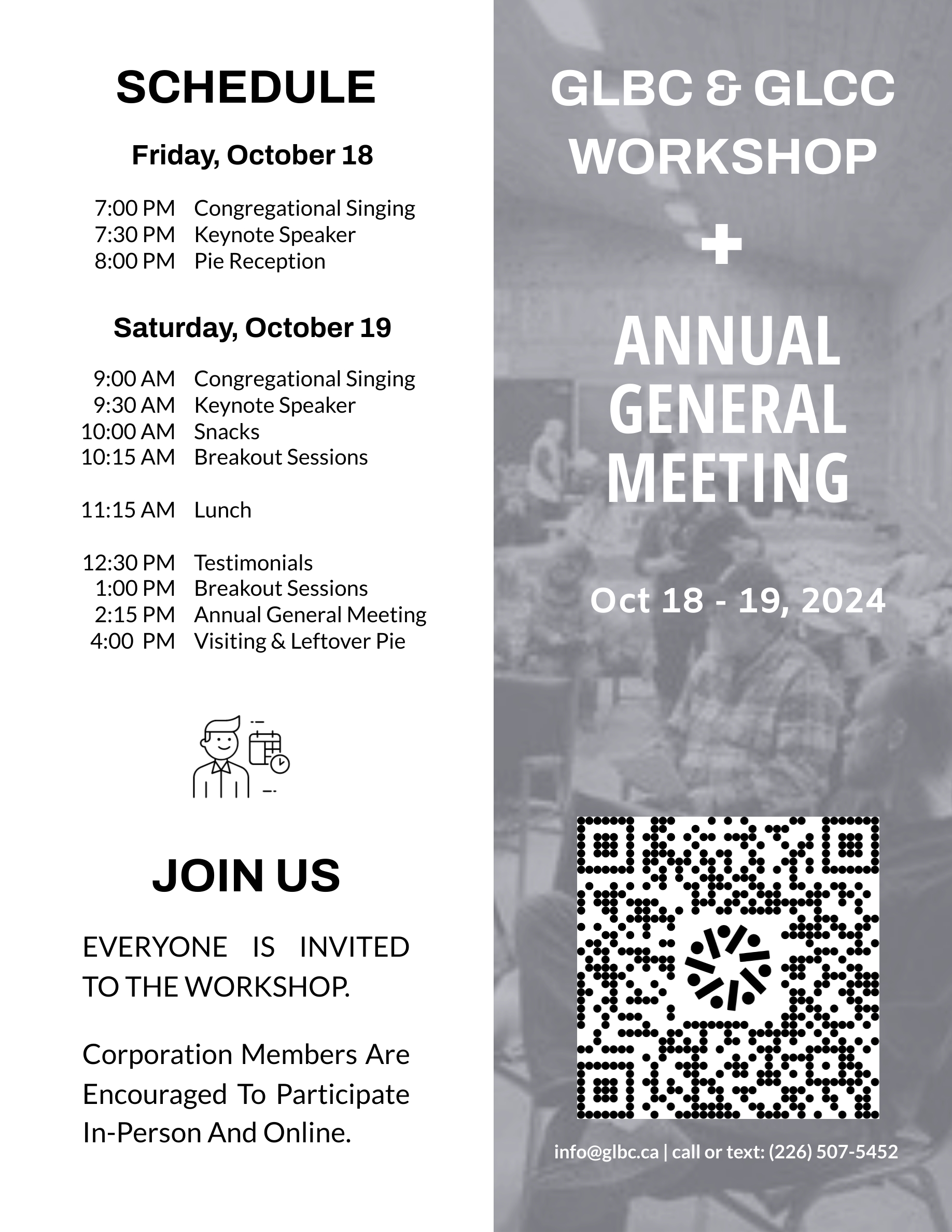

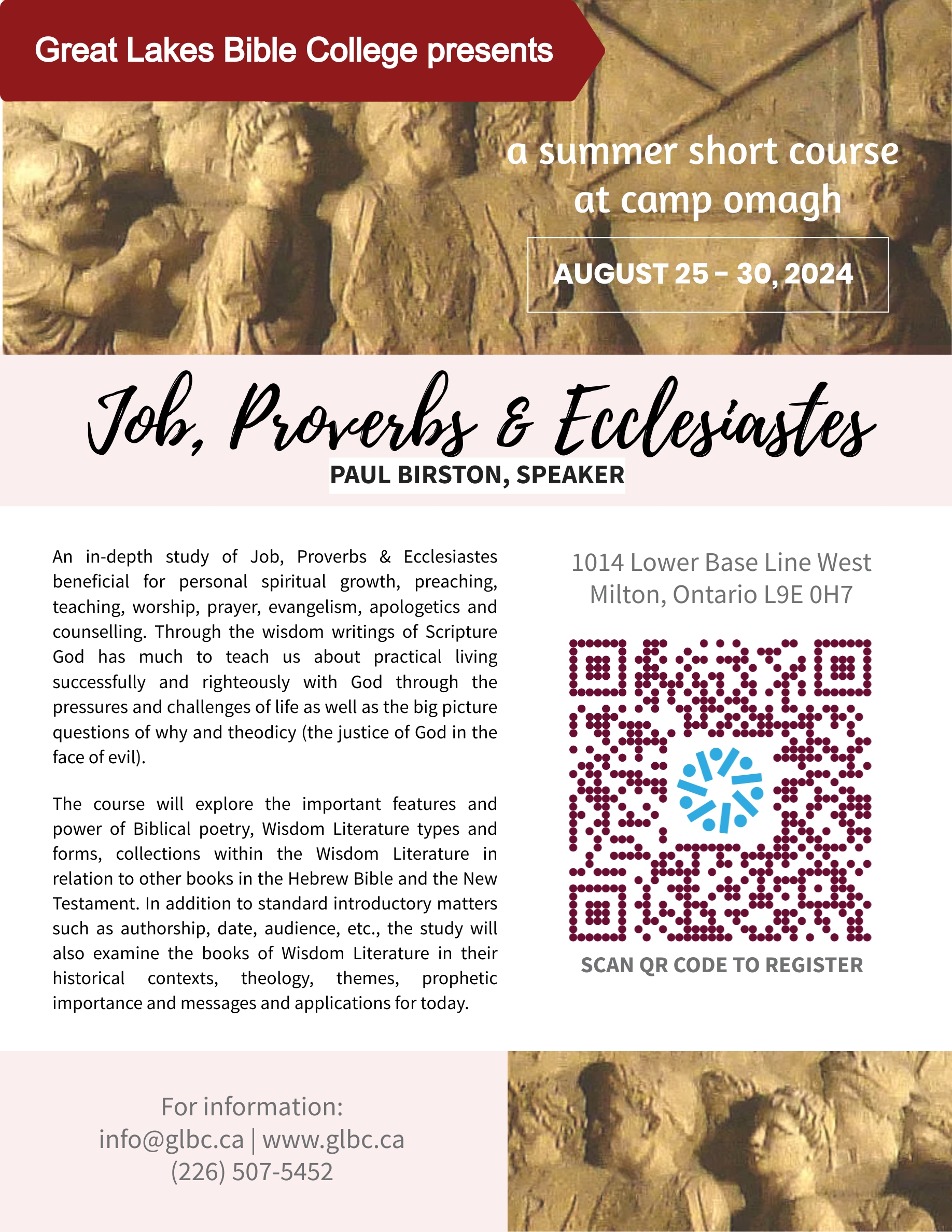

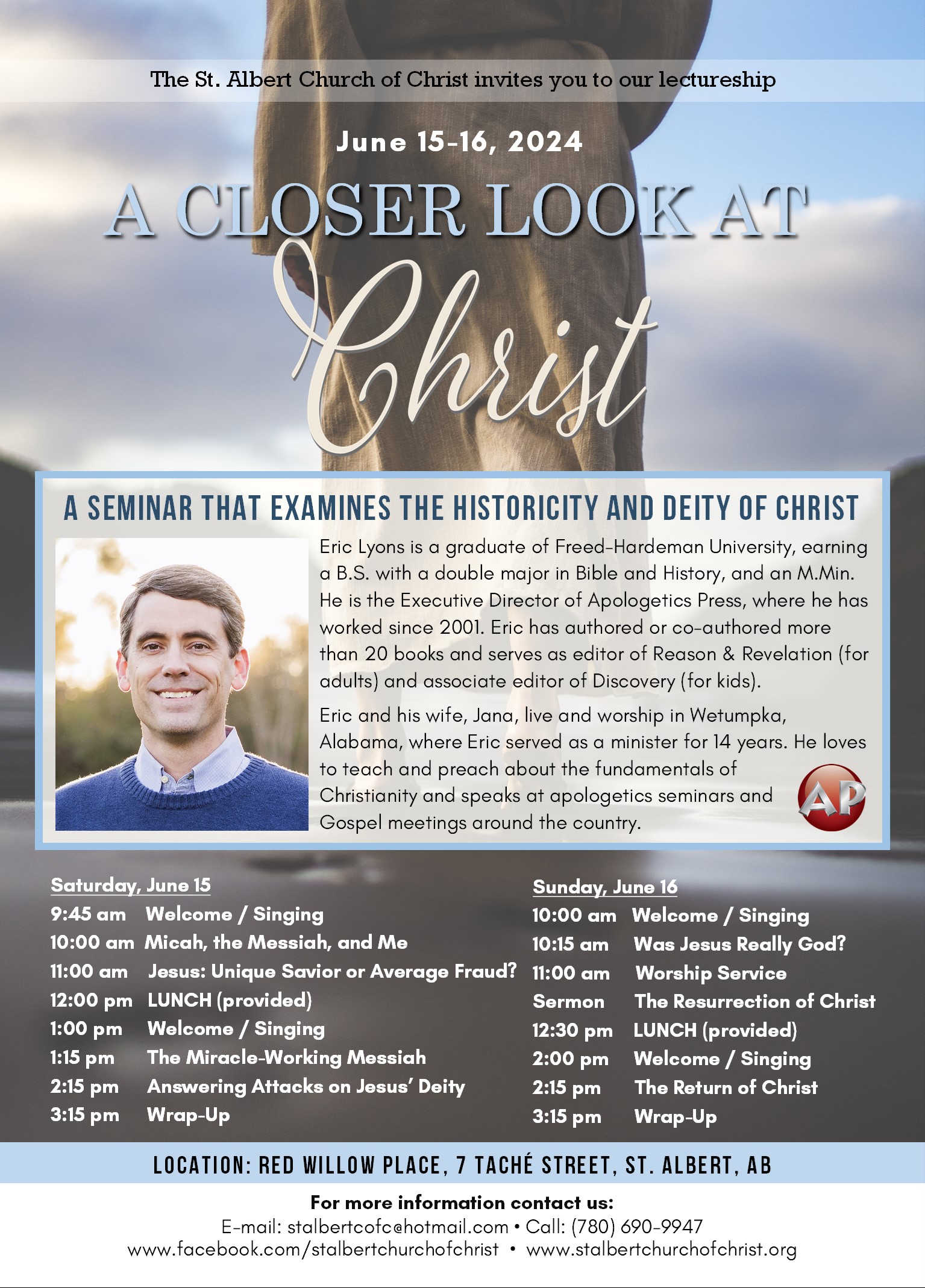




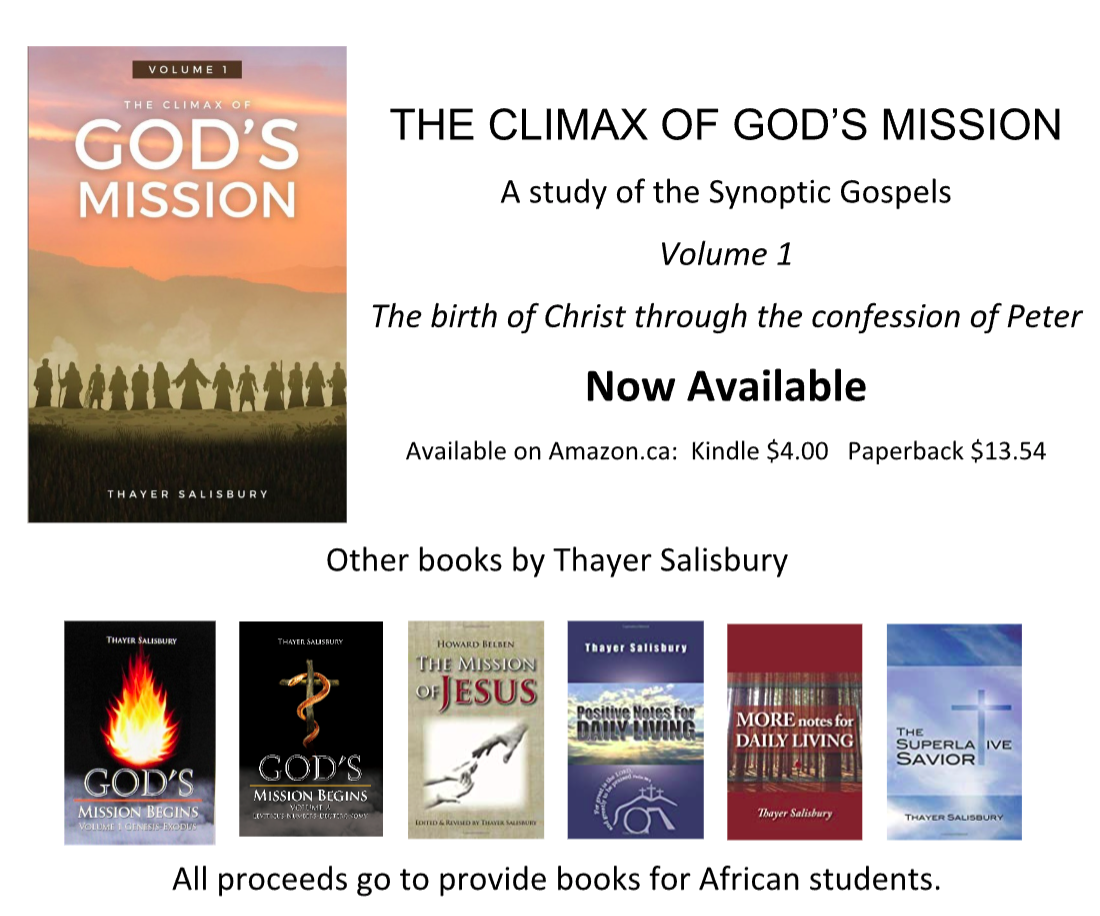



Commenting on Matthew 2:15 John MacArthur suggests that types of this nature can only be identified by New Testament writers implying the need for inspiration (MacArthur, 1997). This is perhaps the most reasonable suggestion in light of two things.
- It is what Jesus did. When raised from the dead, He spent time explaining the meaning of Old Testament passages (Luke 24:27) to his disciples. Luke also records the fact that Jesus ‘opened the minds of his disciples’ to understand the scriptures (Luke 24:45).
- Knowing that he would not be around to finish the ‘job’, Jesus promised to send the Holy Spirit – who would not only give them something like ‘total recall’ of all the things which he had taught (John 14:26), but would also ‘lead them into all the truth’ (John 16:12-15).
So the writers of the New Testament were divinely guided in their use of the Old Testament. But perhaps they also used some methodology that we might discern and imitate. This is what we attempt to do when we consider the New Testament context of a quotation along with the Old Testament passage itself.
D.A. Carson has surveyed some of the various attempts that have been made to devise a standard set of principals, or a hermeneutical approach that explains the practices of New Testament writers. Carson lays out several suggestions that have been made, which deserve mentioning in summary form (Resources, 2020):
- The “Fuller Sense” approach,: This method states that the writer by inspiration is giving a fuller meaning to a particular text. It is important to understand that this meaning is not dependant on the original intent of the text but rather on the authority of the inspired writer. However, this principle does not apply in every case – as in John 5:39, Hebrews 5:11ff, Luke 24:44-47, Acts 17:10 These and many other passages indicate that inspiration is not needed in order to identify the Christocentric nature of many Old Testament passages.
- The “Sense vs Referent” approach: This view suggests that many Old Testament texts are simply offering a sense or category but not a specific referent. The concept of “rest” may be an example of a sense or motif found in the Old Testament. But treating is as such is limited to those passages where it appears in the Old Testament without a specific referent. In most instances, this is not the case.
- The “Canon Criticism or Canonical Theology” approach: This attempts to treat scripture as an independent entity, describing a world of it’s own, rather than the real world. In this way, scripture can essentially do whatever it wants and the reader can accept the scriptural frame of reference, as being separate and apart from the real world, much as one would do when watching a movie. There are two problems here. The first is, that the Bible is set within history and it’s interpretation does not allow us to make this kind of a separation. And secondly, that this view offers no meaningful warrant to the interpretation being offered by the New Testament writer. It does not contribute to our understanding.
- The “Jewish Rules of Appropriation” approach: It says that the New Testament writers are using a system which was common among the rabbis of their time (Much could be said about these rules and the differing lists that could be found. A full discussion is available in “Three Views On the New Testament Use of The Old Testament (Lund, 2008, p. 27)). While there is little doubt that contemporary rules of writing and argumentation influenced the New Testament writers, this approach is also problematic. After all, the very question we are asking is, “Why did the New Testament authors differ so much from their Jewish contemporaries?” Again, this approach gives us very little as to why the New Testament interpretations bear rhetorical weight.
- The “Hermeneutical Axioms” approach: This approach advances the idea that while the New Testament writers did use certain rules from rabbinic Judaism, they held to certain axioms such as, “Jesus is the Messiah” which informed their interpretation. If this is the case however, how would this approach be of any apologetic value as it assumes the very thing that it claims to prove?
- The “Typological Approach” holds that various Old Testament passages are typological. This is of course true, but this approach, like the previous approach seems to lack apologetic value. It is highly subjective and limited only by the imagination of the interpreter.
From our summary of Carson’s survey we can see that many efforts at developing a unifying theory seem to fall short of providing a true hermeneutical framework (We say this, while we admit there is some insight to be gained from some of these approaches). Should we throw up our hands and surrender the interpretation of the Old Testament solely to inspired authors? Should we say, that unless we have a New Testament cross-reference, we are simply unable to understand any Old Testament passage? I would suggest that this is probably not going to be the best approach. For one, we should not discount the great insights that have been gained by using a grammatical-historical approach. While we can admit that it’s not the approach always used by the New Testament writers, it does ground our understanding of scripture soundly in historical reality. Furthermore, I would argue that a figurative approach often depends on a previously established grammatical-historical understanding to inform the figure. A grammatical-historical approach also brings us closer to the time and place of the author, helping to remove our bias and get closer to author’s intent.
Walter Kaiser argues, and I believe rightly, that we must first derive the authors meaning before we can make any application for today (Osborne, 2006). I do not think it is wise to forget this advice as we attempt to understand the use of a particular Old Testament passage in the New Testament.
The focus of this discussion is Hebrews. We can turn our attention there by considering some specific passages and their uses in the book. This may allow us to establish a consistent approach taken by the author. With this in mind, here is a brief list of the Old Testament references in Hebrews. Archer and Chirichigno identify 37 Old Testament References in Hebrews. These are outlined these in the following table:
| Heb 1:5 | Ps 2:7 |
| Heb 1:5 | II Sam 7:14 |
| Heb 1:6 | Ps 89:27 |
| Heb 1:6 | Ps 97:7 |
| Heb 1:6 | Duet 32:43 |
| Heb 1:7 | Ps 104:4 |
| Heb 1:8-9 | Ps 45:6-7 |
| Heb 1:10-12 | Ps 102:25-27 |
| Heb 1:13 | Ps 110:1 |
| Heb 2:6-8 | Ps 8:4-6 |
| Heb 2:12 | Ps 22:22 |
| Heb 2:13 | Is 8:17-18 |
| Heb 3:7-11 | Ps 95:7-11 |
| Heb 3:15 | Ps 95:7 |
| Heb 4:3 | Ps 95:11 |
| Heb 4:4 | Gen 2:2 |
| Heb 4:5 | Ps 95:11 |
| Heb 4:7 | Ps 95:7 |
| Heb 5:5 | Ps 2:7 |
| Heb 5:6-10 | Ps 110:4 |
| Heb 6:13-14 | Gen 22:16-17 |
| Heb 7:1-2 | Gen 14:18-20 |
| Heb 7:17,21 | Ps 110:4 |
| Heb 8:5 | Ex 25:40 |
| Heb 8:8-12 | Jer 31:31-34 |
| Heb 9:20 | Ex 24:8 |
| Heb 10:5-7 | Ps 40:6-8 |
| Heb 10:16-17 | Jer 31:33 |
| Heb 10:30 | Duet 32:36 |
| Heb 10:37-38 | Hab 2:3-4 |
| Heb 11:5 | Gen 5:24 |
| Heb 11:18 | Gen 21:12 |
| Heb 11:21 | Gen 47:31 |
| Heb 12:5-6 | Prov 3:11-12 |
| Heb 12:20 | Ex 19:12-13 |
| Heb 12:26 | Hag 2:6 |
| Heb 12:29 | Duet 4:24 |
| Heb 13:5 | Josh 1:5 |
| Heb 13:6 | Ps 118:6 |
It is beyond the scope of this article to examine each of these passages. However, the table is extremely helpful in identifying key references in the book. Some are used repeatedly, while others are part of a long discussion. If we add to the table, some consideration of the nature of the book, we can narrow our focus to specific texts that become central to the development of the author’s point.
The book does not follow the typical form of an epistle, but is more of an epistolary homily as it takes the form of a sermon (Pace, 2007, p. 15). The author himself labels the book a “word of exhortation” (Heb 13:22). In this case, much like other sermons, the speaker quotes a passage of scripture and then proceeds to make several points or arguments based on the passage previously quoted.
Dr. Dan Owen offers an outline, (Owen, 2020, p. 7) which will be helpful as we seek to identify important passages. John MacArthur offers a similar outline (MacArthur, 1997, p. 1895)):
- 1:5-14 Exposition of Various Enthronement Texts
- 2:5-3:1 Exposition of Psalm 8:4-6
- 3:7-4:13 Exposition of Psalm 95:7-11
- 4:14-8:6 Exposition of Psalm 110:4
- 8:6-10:31 Exposition of Jeremiah 31:31-34
- 10:1-10 Exposition of Psalm 40:6-8 (This is a sub-section of the Exposition of Jeremiah 31:31-34)
- 10:32-12:3 Exposition of Habakkuk 2:3-4
- 12:4-13 Exposition of Proverbs 3:11-12
- 12:18-24 Exposition of Exodus 19:10-23
This outline combined, with the chart, helps us see that there are a number of key passages which should be considered, in order to determine how the author is using the Old Testament. These key passages would be; Psalm 2, Psalm 8, Psalm 22, Psalm 95:7-11; Psalm 110:1,4; Jeremiah 31:31-34; Ps 40:6-8; Habakkuk 2:3-4.
With these background matters in place, we can turn our attention to these passages and attempt to determine how and why the Hebrews author uses them to prove his arguments. The question that we want to address, is “how does the author use the Old Testament?”
Summary:
- So far, we have reviewed some of the theories that have been offered by various scholars about how the New Testament Uses the Old.
- We also know some things about the book of Hebrews. We know that it is constructed more as a sermon than a letter. We know that we can break the book down into discussions of a series of Old Testament Texts.
- For further study on some of the points raised here you might check “Three Views on The New Testament Use of the Old Testament. (https://www.amazon.com/Three-Views-New-Testament-Counterpoints/dp/0310273331)
- Next time we will look in detail at some of the passages cited by the Hebrews Author and attempt to understand how these passages demonstrate the points he is trying to make.
Works Cited
Heiser, D. M. (2021, Apr 19). The New Testament Writers Did Not Use the Old Testament The way we do. Retrieved from YouTube: https://www.youtube.com/watch?v=yVeIY2uQp8g
Gleason L. Archer, G. C. (1983). Old Testament Quotations in the New Testament . Eugine OR: Eipf and Stock Publishers.
MacArthur, J. (1997). The MacArthur Study Bible . Nashville TN: Thomas Nelson.
Owen, D. (2020). Hebrews Commentary.
Resources, C. (2020, Sept 10). (3 of 3) D.A. Carson on the New Testament Uses of Old Testament . Retrieved from YouTube: https://www.youtube.com/watch?v=9Cergdyq-aM&t=3177s

